BRYCE CANYON NATIONAL PARK (Day 19 - part 4)
I headed back up the other half of Navajo Loop to a formation known as Two Bridges. There were so many interesting rock formations to enjoy along the way!

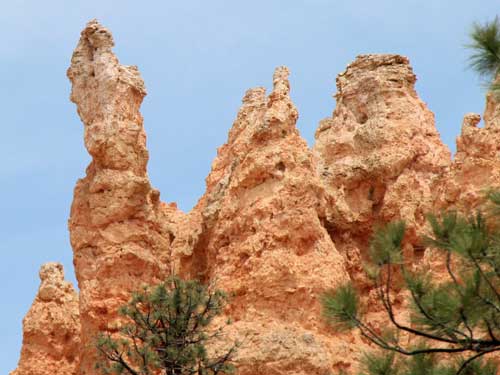

To me, this looks like a king (left) and queen gazing deeply into each other's eyes.


The infamous Two Bridges

This stunning creature is the Elegant or Common Sheep Moth. Unlike most moths, it flies during the day. Colors can vary drastically. They get their name from their habitat, which is generally the grasslands suitable for rearing sheep.

What's highly interesting about this moth is that the adults do not feed, only their caterpillar stage does.
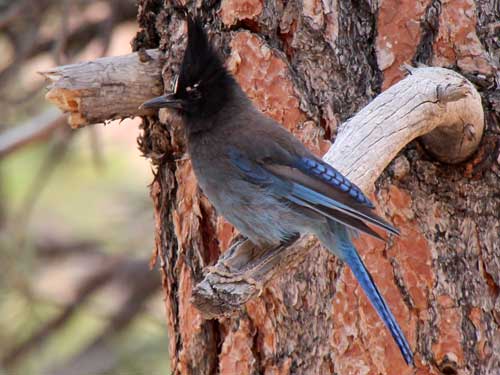
The Steller's jay a native bird. They eat basically anything... seeds, nuts, berries and fruit (which they often stash in trees or the ground for later)... insects, small rodents and reptiles (such as snakes and lizards), eggs and even nestlings ... and whatever human-food they can beg for or scavenge at picnic and camp sites. The moth could learn a few lessons from this guy!!

Speaking of begging!! How blatant can one get?! This Golden-mantled Ground Squirrel may look a lot like a chipmunk, but it lacks the full stripe across the eye that chipmunks have.
I returned to the Queens Trail and continued on my way.




ET phone home, perhaps??


I got a creepy feeling from this one... almost like a hungry T-rex... looking directly at me!




I was simply fascinated by how these rock formations were so delicately held together. I inspected them closely to marvel over their puzzle-like vulnerability. As I was doing so (and taking photos of them), a man stopped and asked what I was doing. I explained. His reply was that photos keep one living in and focused on the past. He, himself, had no camera. And he continued briskly on his way, gone from my view in a mere moment.
I thought about his comment for a while. In one way, yes, it is definitely true... for as I type this, I am focusing on this past journey instead of being outside creating a new one at this very moment. Yet, on the other hand, taking photos helps me to be in that original moment even more. It forces me to stop and look at the tiny details in life... the cracks in the rock, a colorful moth, a begging ground squirrel. And then, when I return home and make time for them (granted at the expense of another experience), I get to learn all sorts of fascinating thing that I hadn't known before. For example, did you know that some moths don't eat as adults? I hadn't.
I suppose my best solution then is moderation (which I find is a good theme for most aspects of life). I can enjoy the things I learn from my photos of the past, but not at the cost of not going out and creating new adventures.
I wandered on and eventually arrived at Queens Garden. I promptly sought out 'Her Majesty.'

Yes! Marker #3! I have collected enough for a 'reward.'
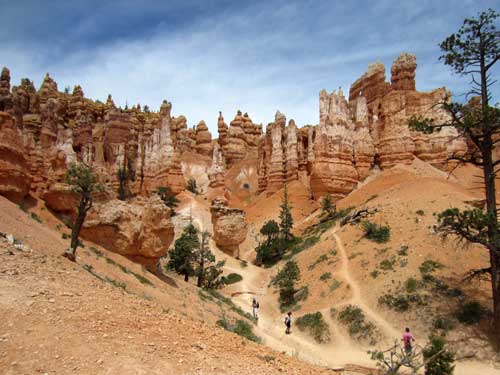
A whole village of hoodoos!

And there stood the statue of Queen Victoria, reigning over her subjects below.

The real Victoria (1819 - 1901) was queen of the UK from 1837 until her death.

A statue of her in Bristol England. Yes, I think this hoodoo was aptly named.

Her (somewhat grotesquely deformed) loyal followers
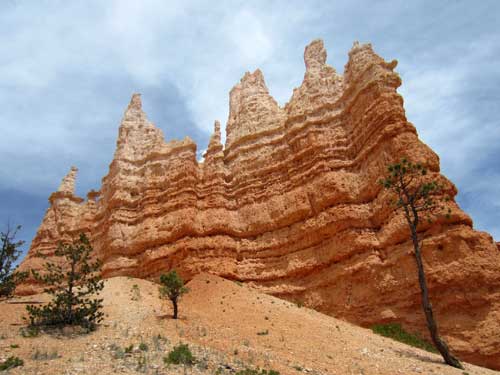
I left the garden and continued my journey, which eventually led steeply upward.

Passing through a fin

The trail wrapped around the outside of Queens Garden, affording me a different view.



A glance back at the tunnel

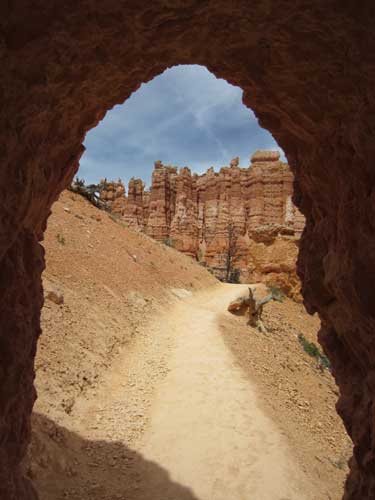
With the passing through of each tunnel, I felt I entered a new world.

Beginning the ascent

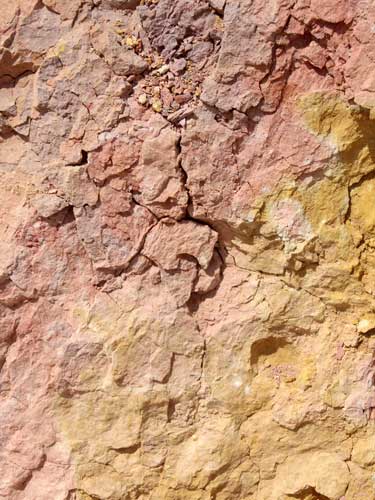
These rocks are 60 million year old and are of the Claron Formation. The red, pink and orange colors come from trace amounts of iron oxides while the blues and purples come from manganese oxides. The white formations are basically pure limestone.



Getting closer to the top!


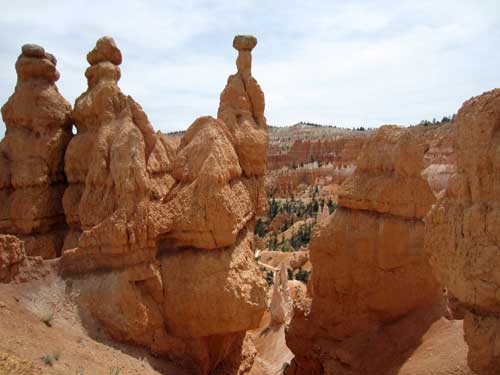
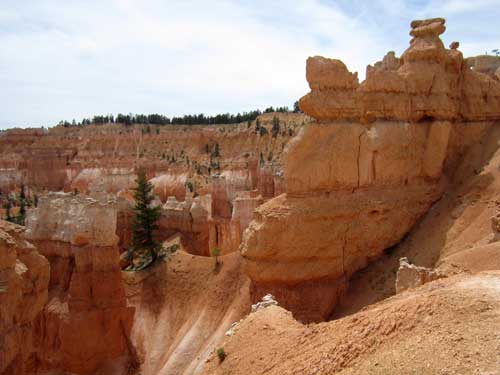
return • continue

